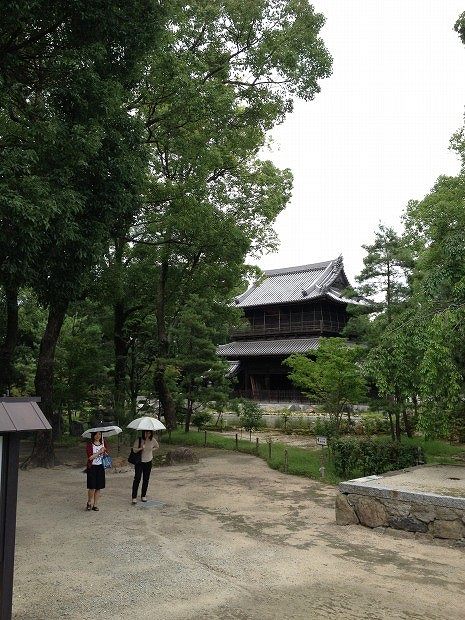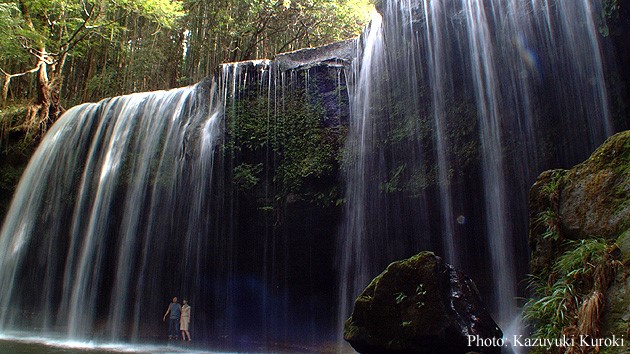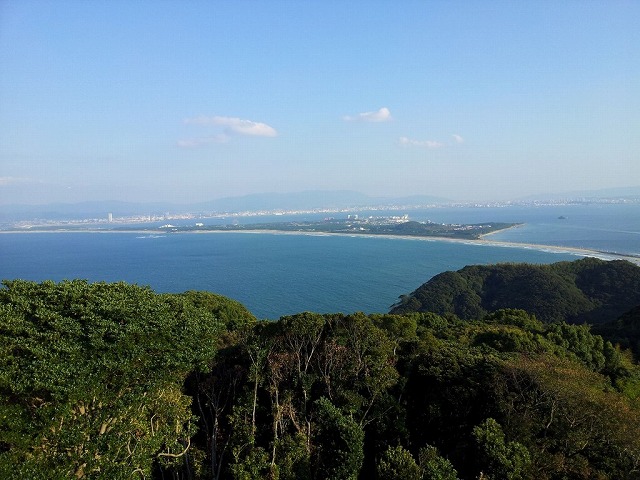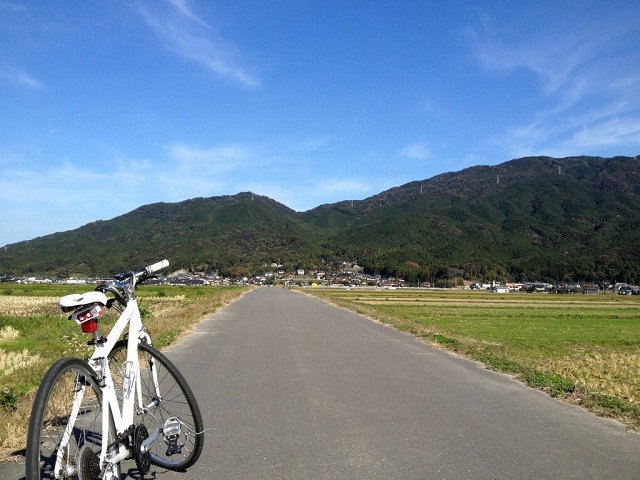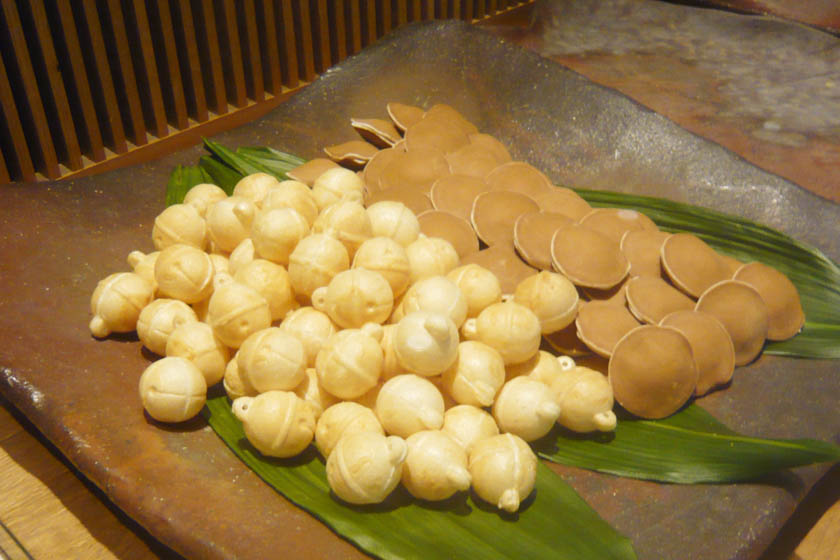Last Updated on 2021/06/18
I remember I used to go from Fukuoka to Yufuin, many times on weekends. I left Fukuoka by car at around 5:30 p.m. on Friday afternoon, and took the Kyushu Expressway for about an hour and a half to the Yufuin Interchange. The splendor of nature, in a different world; something unimaginable in Tokyo.
Hot spring and hiking in Yufuin
Yufuin is a basin surrounded by mountains, scattered with hundreds of inns and hotels, but it still retains much of its “satoyama” (woodland near the village) atmosphere. This is due to the great beauty of the natural surroundings, and above all, decades of efforts by the ryokan (Japanese inn) owners who had the foresight to preserve the area’s appearance and ambience of the past. Just walking around the area is a pleasure.
There are several public baths, and the one I often visited was Yunotsubo Onsen. At the entrance, there is a receptacle to collect the fee that looks like a money box, and visitors pay 200 yen to enter. In the bathtub, fresh, clean water was running vigorously, but it was hot. So, I mixed cool water into the bathtub with a hose, and all was good.
There is more to Yufuin than just the hot springs. I went hiking in the mountains. Yufudake is the most prominent mountain, but many virgin forest-like areas remain, and it is a lovely place. I have hiked up there a few times.
There are many mountains in the surrounding area, but we often went to Mt. Fukuman, north of Yufuin. It’s takes about two hours to get there and back, so it’s not difficult. It’s a good idea to bring lunch and tea. The view from the top of the mountain is fantastic, and you can see all the surrounding mountains, including Mt. Yufudake.
Hot springs paradise “Oita Prefecture”
Beyond Mt. Yufudake is Mt. Tsurumidake, and down below is Beppu. Oita Prefecture is a hot springs paradise. There are many hot spring resorts scattered throughout the wilderness. The quality of the inns and hotels is good, and the rates are reasonable.
Great hot springs town “Nagayu”
Along with Yufuin, our favorite hot springs resort is Nagayu. It is a really small riverside hot springs town, but there are some historical and prestigious inns such as Daimaru Ryokan, and we often stayed at BBC Nagayu. Incidentally, BBC stands for “bed, breakfast, and culture.”
This is a sort of annex to the Daimaru Ryokan, but it is a one-house rental system with cozy Japanese-style houses scattered throughout the natural surroundings. Guests may enjoy hot springs bathing at either the indoor bath of the Daimaru Ryokan or Ramune Onsen.
The good thing about this place is that it is reasonably priced and clean. I was told that the owner of this property was inspired by resorts in Europe to create accommodations for long-term stays, and accordingly, it made me want to stay there for a long time. I remember there was a rice cooker in the room. There is also a stylish library.
Carbonated springs in Nagayu
As the name suggests, Nagayu means to take a long bath, and although it is a lukewarm hot spring (less than 40° Celsius/104°Fahrenheit). I once spent an hour and a half in it. This was the first time I experienced a carbonated spring, and as I sat still, my skin was covered in bubbles.
There is a bath salt called “Babu” in Japan that produces carbonic acid, but this hot spring water contains 12 times more carbonic acid than Babu. Imagine putting 12 Babu in your bath at home.
When it comes to hot springs, I can’t stop talking about them. I once stayed at a ryokan called Yukimiso in Nagayu during the cold season. The hot spring there is also carbonated, but the water is cloudy. The temperature of the hot spring is not that low, and the bubbles do not stick to your body, but I had an interesting experience there.
While I was in the outdoor bath, I observed before my very eyes, what looked like “hot water flowers” precipitating on the surface of the water. The dissolved minerals in the hot spring water were precipitating due to the low temperature outside, and I too experienced the minerals precipitating on my skin. I was amazed, having never experienced anything like this before. It meant that my own body temperature was lower than the temperature of the hot spring.
Hiking popular in May when the Miyama Kirishima flowers are in bloom
There are many places to walk near this hot spring, such as Mt. Kuju, Mt. Kurodake, and Lake Miike. Many people enjoy walking around this area during each of the four seasons. It is especially popular in May, when the Miyama Kirishima flowers (Kyushu azaleas) are in bloom. It is truly a sight to behold.
There is a place near Lake Miike called “Yoiyana,” where you can pump and drink carbonated water. It is an odd and interesting place, where you can go in your own car, pump it yourself into a polythene tank, and buy it.
Incidentally, where do you think the name “Ramune” came from? When I was drinking the carbonated water at “Yoiyana,” I noticed that it tasted similar to lemonade. So then, lemonade became Ramune. I never realized it, until then.

